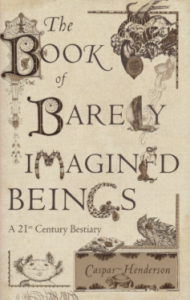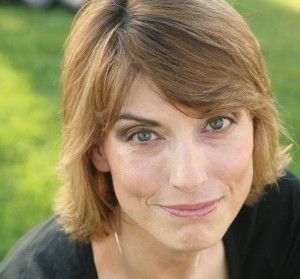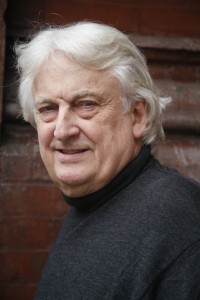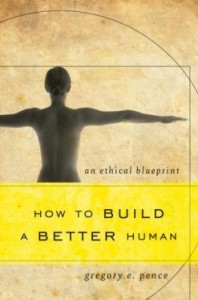 The Book of Barely Imagined Beings: A 21st Century Bestiary
The Book of Barely Imagined Beings: A 21st Century Bestiary
By Caspar Henderson, Allen & Unwin (2012)
This review was originally published in COSMOS Magazine.
Sometimes it’s impossible to avoid judging a book by its cover.
The Book of Barely Imagined Beings, with its gilded cover, rich illustrations and gorgeous typesetting, is one such volume. Clearly, an unusual amount of care went into designing this book. But as I started reading it, the thought crossed my mind that the substance might not match the form.
Happily, this wasn’t the case. Henderson’s writing is engaging, descriptive and often drily humorous. Using the format of the old-fashioned bestiary, but with better science to back him up, Henderson celebrates the “fantastic diversity of living things, from lampreys to Lady Gaga”.
Each chapter of this A-to-Z guide is really a standalone essay, chock-full of interesting facts and with a strong conservationist and ethical message. A discussion of the Quetzalcoatlus, an extinct flying reptile, diverges into the history, both wondrous and perilous, of human aeronautics as well as flight in the animal kingdom.
Henderson is a Wallace for our time, delighting in the strange and beautiful creatures that nature has to offer. In describing them, he draws from literature and scientists both old and new, as well as coining some wonderful phrases of his own. (Gonodactylus is a shrimp with “the fastest genitals in the West”; and a kangaroo is a “marsupial pogo stick”.) But he also unflinchingly tackles darker sides of biology, such as social Darwinism and cruelty in the animal world – including humanity.
Henderson’s modern bestiary is a book to read and treasure in hardcover if ever there was one.
 This interview was originally published in COSMOS Magazine, issue 51.
This interview was originally published in COSMOS Magazine, issue 51.


